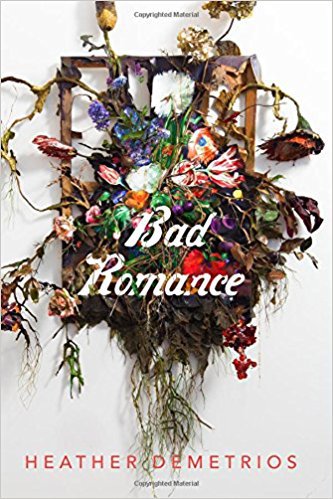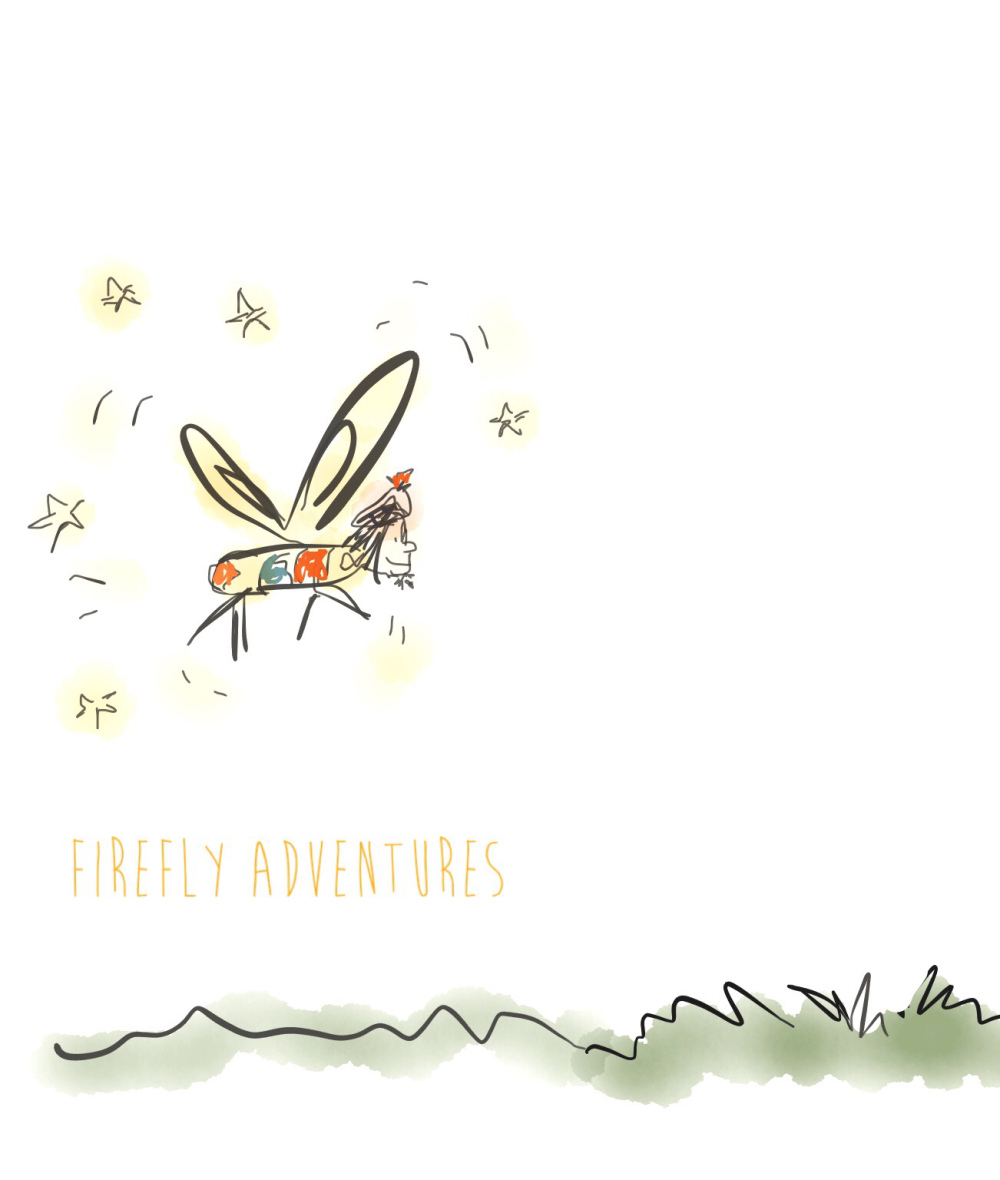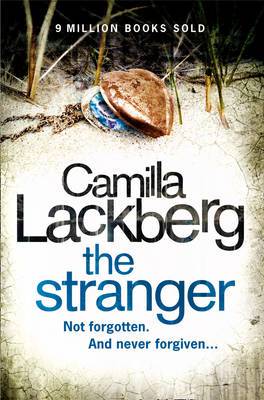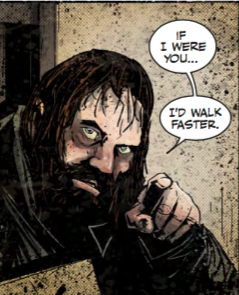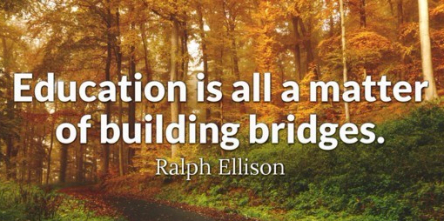
Newell and Green (1982) define this approach as “inquiries which critically draw upon two or more disciplines and which lead to an integration of disciplinary insights’ (cited in Jones, 2009). Andrews (1990) states that the interdisciplinary approach occurs “when different professionals, possessing unique knowledge, skills, organizational perspectives, and personal attributes, engage in coordinated problem solving for a common purpose” (cited in Berg-Weger &. Schneider, 1998). Jones (2009) qualifies this approach as being distinctly different to both the cross-disciplinary and multidisciplinary approaches in that it enables learners to “ see different perspectives, work in groups and make the synthesising of disciplines the ultimate goal.”(p76)
When reflecting on my interdisciplinary connections to create my ‘map’ I realised there is a vast realm of support out there and we interact with so many education related organisations on a daily, weekly or need to basis. It is important to build and maintain relationships outside of the school gates to avoid an isolated, insular approach which does not reflect the needs of our learners and community.
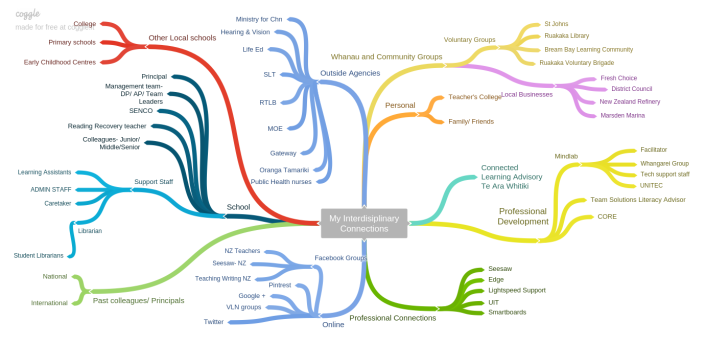
As I started reading the resources linked to the Interdisciplinary approach this week I immediately linked it to times in the past when we have integrated the curriculum around an overarching theme for the year. We worked together as a staff, and in teams, to brainstorm, plan and collate as many ways to cross discipline boundaries through authentic learning opportunities as possible. As an example a few years ago our theme was Making Connections and at the time my Year 2’s were fascinated with the monarchs fluttering around the lonely swan plant in our class garden. What could we do to help?
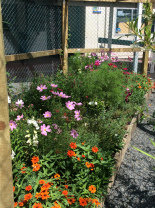
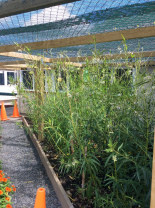

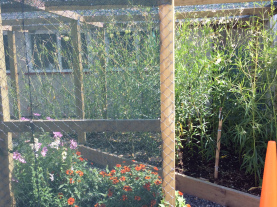
This simple question lead to a year long project to create a Butterfly haven through the utilisation of an environmental grant, and making connections with experts, the local council and community. As many curriculum strands were woven together as possible and other directions for learning emerged as we created our flexible learning journey. The benefits of such a learning experience are reflected in Duerr (2008) when she states ‘“A cross-curricular integrative stand makes material meaningful because it becomes connected.”(p176) She further discusses how interdisciplinary instruction “encourages critical thinking skills, the creativity of both teachers and students, and a fresh outlook on teaching methods.” (p180)
Of course the challenges are clear to this approach, it is “time-consuming to create and require(s) teachers to know their students on a developmental as well as a needs-based level.” (Duerr 2008 p178). It also requires teachers to work collaboratively as a team to unpack and co-construct the multitude of possible links to real world learning that may occur. It can seem daunting but the benefits outweigh the challenges.
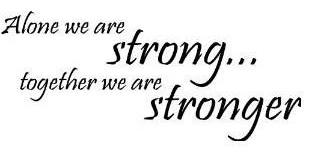 Recently in our school, professional development focuses linked to raising National Standards and coverage have combined to narrow the overarching themes that have been chosen. This has resulted in a rising level of personal frustration as I felt myself being driven in a pedagogical direction I find difficult to operate within. Discussing the situation with others has resulted in a re-commitment to this philosophy school-wide and looking for ways to move back towards a more interdisciplinary approach. We will be enabling our students to “become independent, confident individuals who ‘learn how to learn’ and develop life-long learning skills (Duerr, 2008, p177)- 21st century learners! Perhaps viewing the Ross Spiral video would be beneficial as a staff as its focus on culture and history combined with its spiraling nature looks intriguing. I wish I’d gone to school there…perhaps I would have become the marine biologist I dreamed of being.
Recently in our school, professional development focuses linked to raising National Standards and coverage have combined to narrow the overarching themes that have been chosen. This has resulted in a rising level of personal frustration as I felt myself being driven in a pedagogical direction I find difficult to operate within. Discussing the situation with others has resulted in a re-commitment to this philosophy school-wide and looking for ways to move back towards a more interdisciplinary approach. We will be enabling our students to “become independent, confident individuals who ‘learn how to learn’ and develop life-long learning skills (Duerr, 2008, p177)- 21st century learners! Perhaps viewing the Ross Spiral video would be beneficial as a staff as its focus on culture and history combined with its spiraling nature looks intriguing. I wish I’d gone to school there…perhaps I would have become the marine biologist I dreamed of being.
However this schoolwide, more integrated approach is not my main ‘near -future connection goal’.
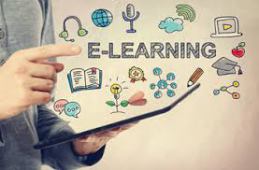
Before I undertook my Mindlab journey this year I was asked to lead the E-learning team in the development of strategic plans around enabling E- learning within our school. I was both excited and daunted by this prospect, attended some professional development and looked forward the challenge. Then came Mindlab; I could not successfully juggle both and, with my Principal’s support, e-learning moved sideways into the wings. It’s about to move back to centre stage and it will be vital for me to build on the tentative connections I started to make, search and find new experts and support as I undertake the task.
So my near future goal is the branches of my interdisciplinary map linked to e-learning- the VLNs, the digital technologies curriculum, other online groups and the Connected learning advisory.  The obvious benefit is that they have a wealth of knowledge, personnel, resources and connections that I will be able to utilise to support our team as we develop our skills and our schools effective and purposeful use of digital technologies. The challenges of course will be prioritising our steps on the journey, breaking the process into manageable and realistic chunks, coordinating the collaboration with already full workloads and ensuring we utilise the available support organisations and resources as best we can.
The obvious benefit is that they have a wealth of knowledge, personnel, resources and connections that I will be able to utilise to support our team as we develop our skills and our schools effective and purposeful use of digital technologies. The challenges of course will be prioritising our steps on the journey, breaking the process into manageable and realistic chunks, coordinating the collaboration with already full workloads and ensuring we utilise the available support organisations and resources as best we can.
I’m a keen newbie…..anyone out there an expert? Let’s make a connection!

Word Count: 838 words. (way too many…kinda got on a roll sorry!)
References:
Berg-Weger, M., &. Schneider, F. D. (1998). Interdisciplinary collaboration in social work education. Journal of Social Work Education, 34, 97-107.
Coggle
Duerr, L. L. (2008). Interdisciplinary instruction. educational HORIZONS, 86(3), 173-180.
Google images
Jones, C. (2010). Interdisciplinary approach-advantages, disadvantages, and the future benefits of interdisciplinary studies. ESSAI, 7(1), 26.
Ross Institute. (2015, July 5). Ross Spiral Curriculum: An Interdisciplinary Approach to Science. . Retrieved from https://www.youtube.com/watch?v=hHZhkB0FJik
Advertisements Share this:

